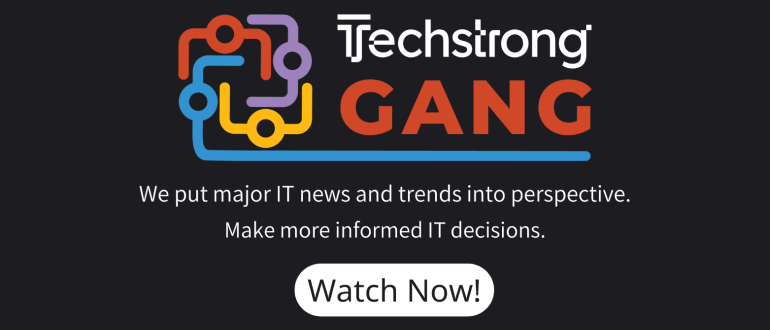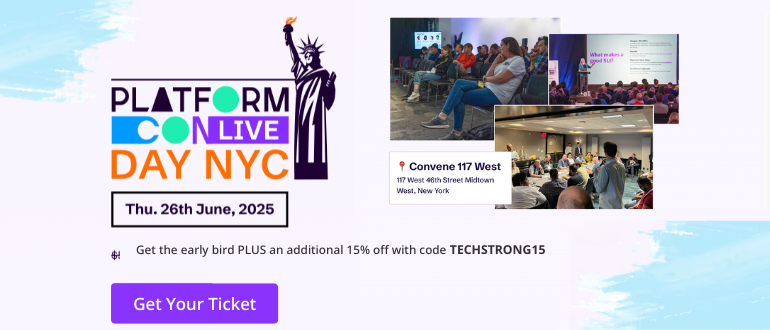Survey Surfaces Cloud-Native Complexity in the Enterprise
A survey of 760 IT leaders and engineers at organizations with more than 1,000 employees finds nearly three-quarters (72%) work for organizations that have deployed multiple cloud-native platforms, with 46% managing three or more.
Conducted by the Tanzu arm of VMware by Broadcom, the survey finds more than half are using at least one managed service (53%), compared to 49% that are using custom platforms using a mix of open source and commercial components.
Nearly two-thirds (65%) are running custom applications on those platforms, followed closely by microservices (62%) and existing applications (58%) that have been moved on to these platforms.
Despite the number of platforms employed, a full 70% said their IT operations teams are more efficient because of these platforms, while nearly two-thirds (64%) noted their developers are more efficient.
Nearly two-thirds (65%) said their organization has also seen one or more direct financial benefits as a result of investing in these platforms.
However, significant challenges remain, with 55% identifying meeting compliance and security requirements as their top challenge, followed closely by integrating with existing data sources and repositories (53%).
Danielle Burrow, head of portfolio marketing for the Tanzu Division of Broadcom, noted the more cloud-native platforms an organization employs the more challenging those issues inevitably become. One of the reasons many organizations are embracing platform engineering is to streamline the number of platforms they need to support, she added.
In fact, 45% of respondents said they wanted both a customizable platform that enables every compliance and governance setting to be fine-tuned and a turnkey platform with pre-baked governance and security settings. Regardless of the platform employed, it’s clear many organizations are looking to reduce the current level of cloud-native complexity being encountered by developers and IT operations teams alike, noted Burrow.
Overall, the top capabilities respondents seek to put into practice are an ability to implement a self-service model with a complete choice of services and infrastructure (58%), followed by repeatable routes to production, also known as Golden Paths, that include accelerators and automated builds (55%). The top project respondents are currently working on deploying and testing applications in a continuous integration/continuous delivery (CI/CD) pipeline (54%), followed by building/managing a cloud-native application platform (52%).
Over half (57%) are employing two or more deployment methods for containerized applications, with nearly two-thirds (63%) using YAML and 56% running Docker containers. More than half (54%) have a tool to push applications from their platform into production environments.
A full 96% also track specific metrics, including application performance and cost (54%), deployment frequency (46%), mean time to recover (44%), and lead time for changes (38%).
Partner with Platform Providers
Given all the inherent challenges involving cloud-native applications, most organizations would be well advised to partner with providers of platforms and services that can demonstrate a lot of expertise in this area, said Burrow. After all, no one masters cloud-native computing on their own, she noted.
As is the case in most IT endeavors, however, there is no substitute for the experience that is only typically gained by building and deploying next-generation applications on platforms that are designed to truly scale up and down as needed.



